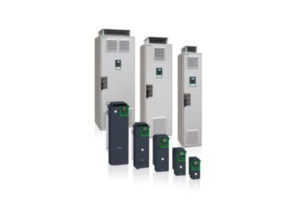One of the main advantages of using a VFD is the energy cost savings associated with speed control. When using belts, sheaves, or gearboxes to reduce speed, the motor still runs at full speed; however, a VFD reduces the actual motor speed, which reduces the amps drawn by the motor. This reduces the amount of energy used—and saves you energy costs. By ramping up the motor speed slowly, VFDs will help you save energy by reducing the in-rush and mechanical issues associated with starting motors across the line.



